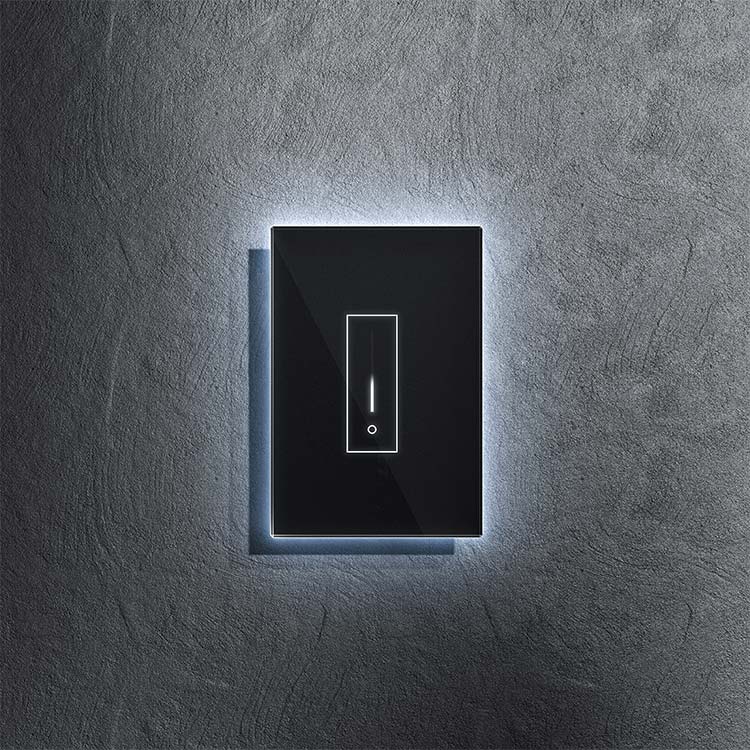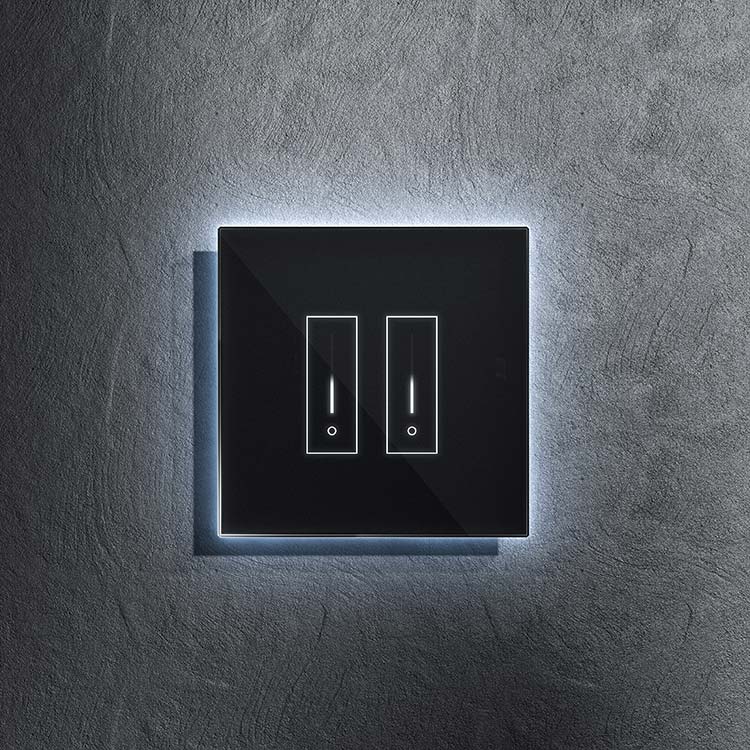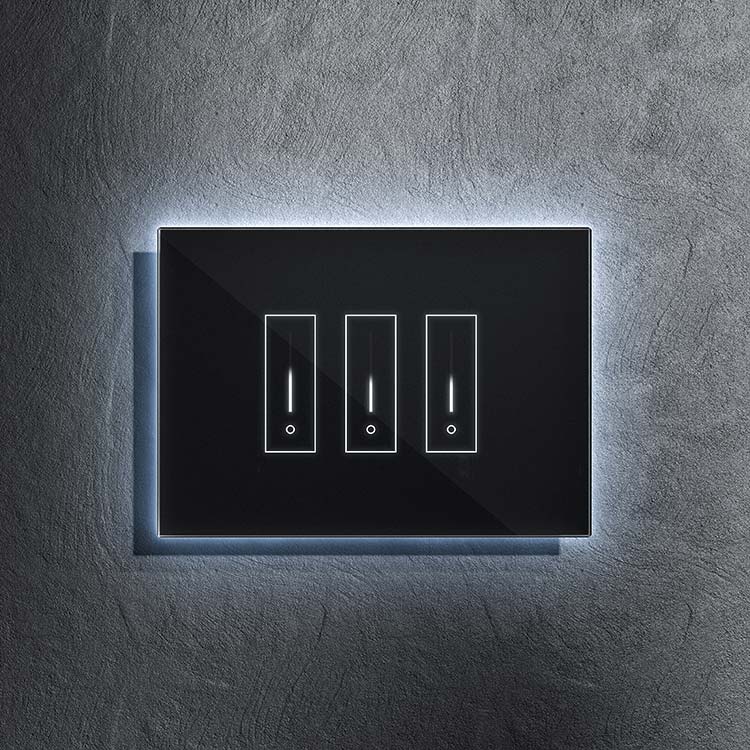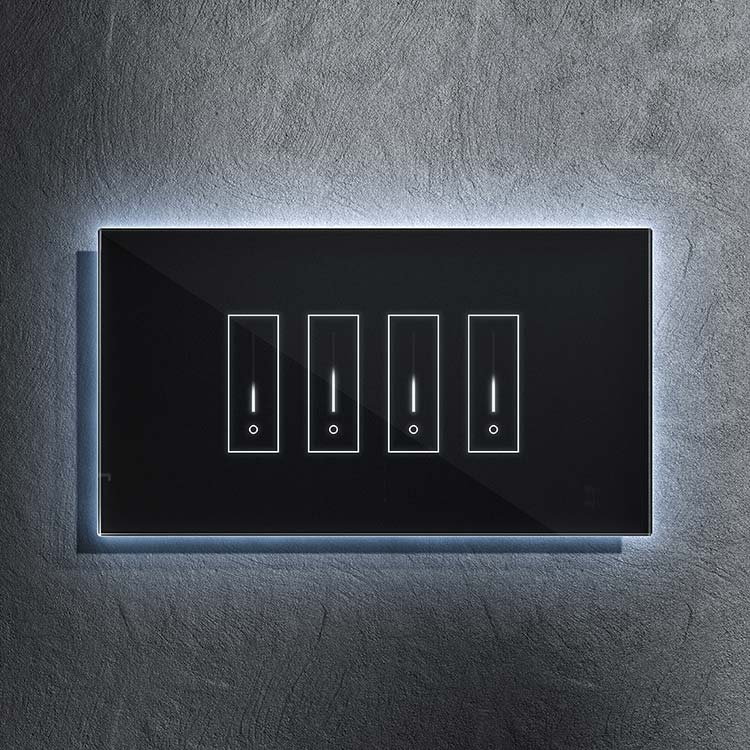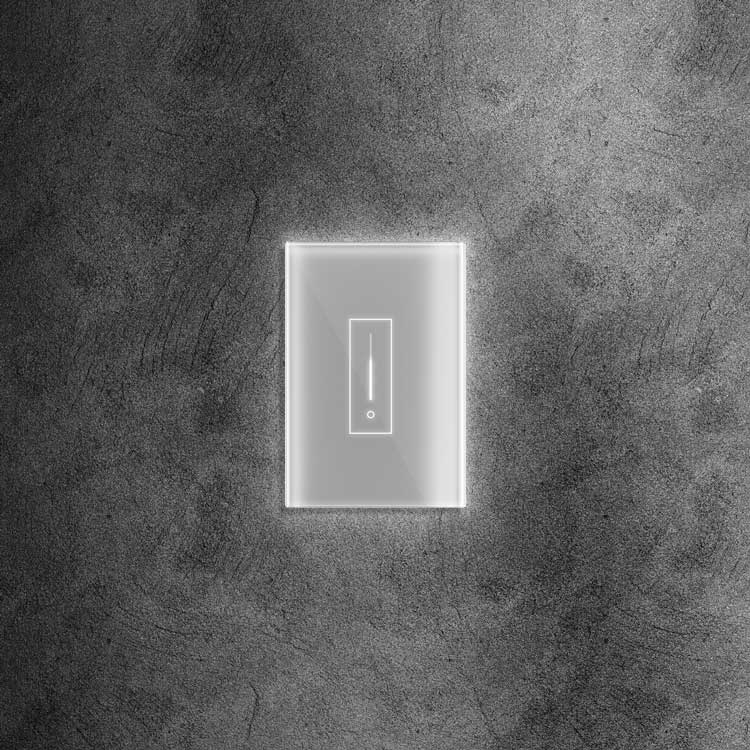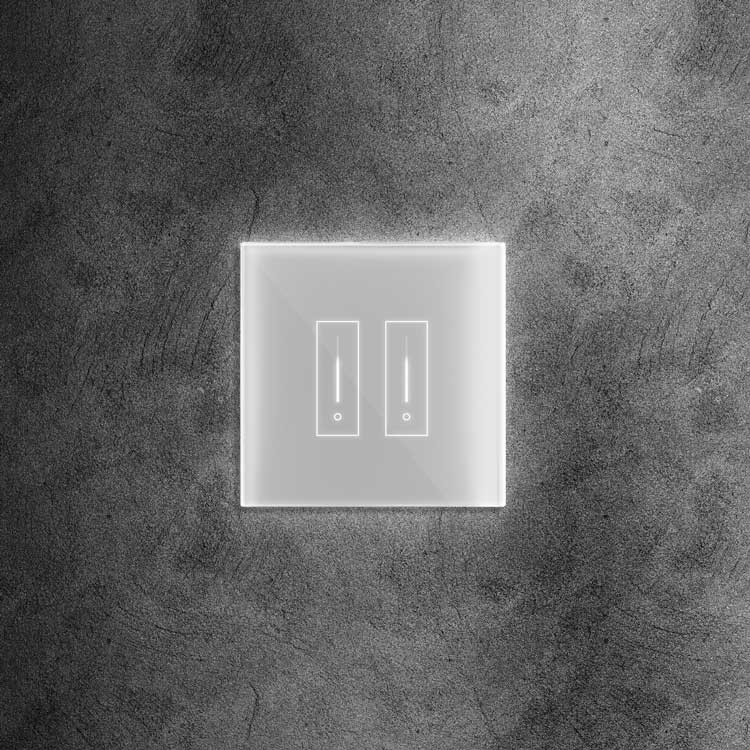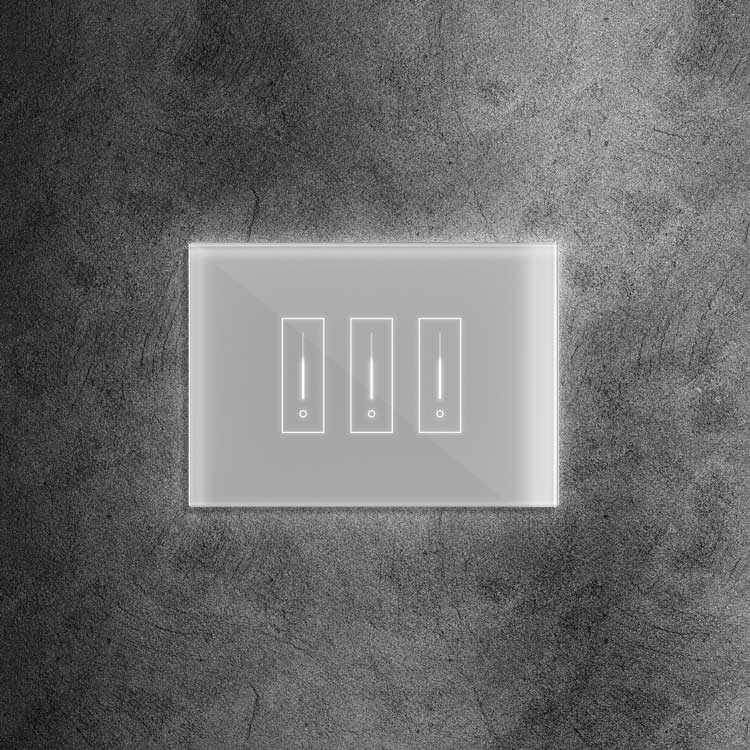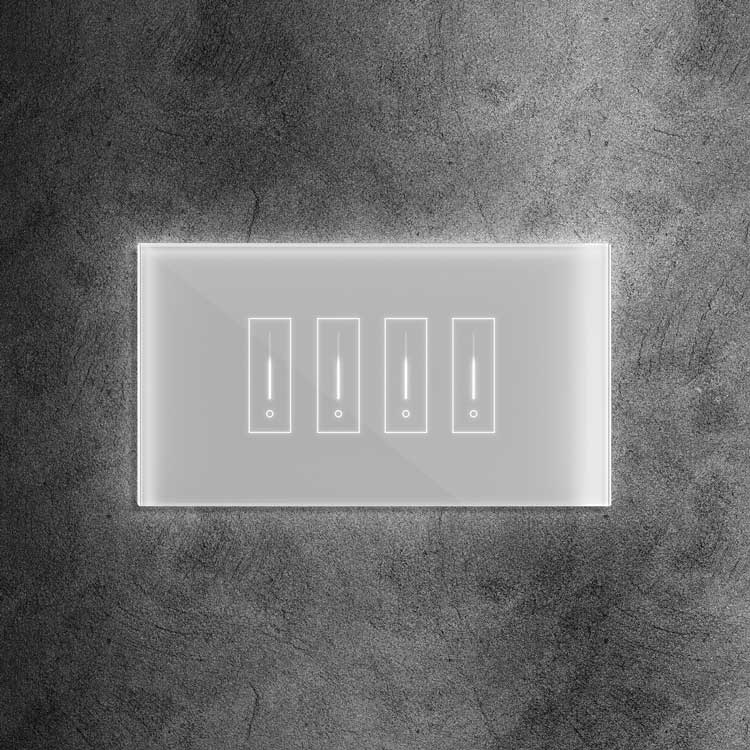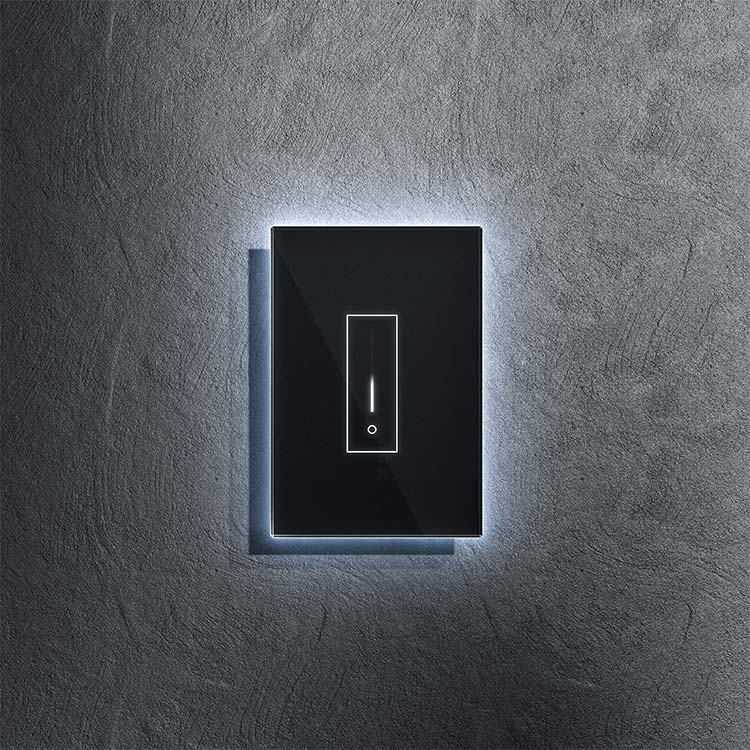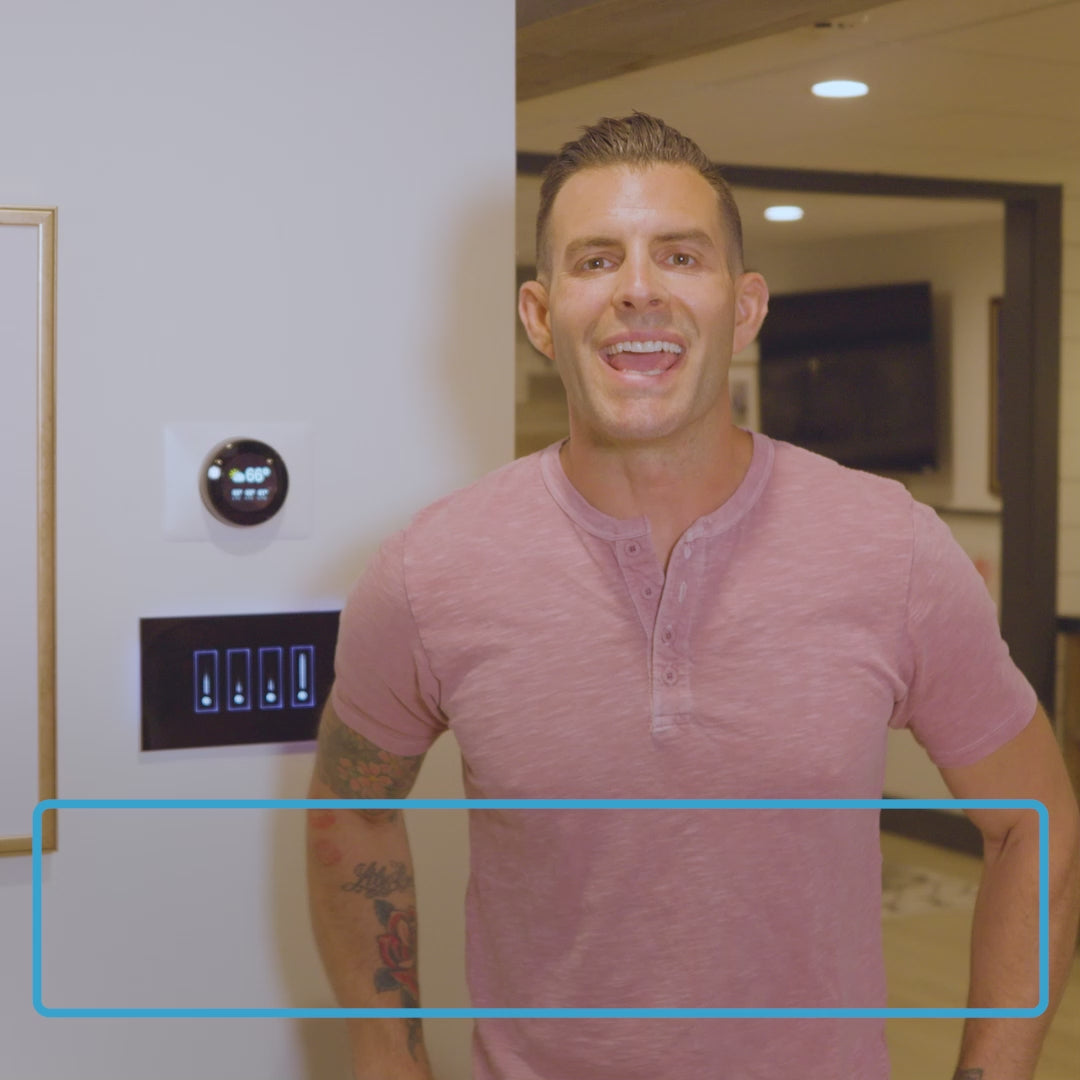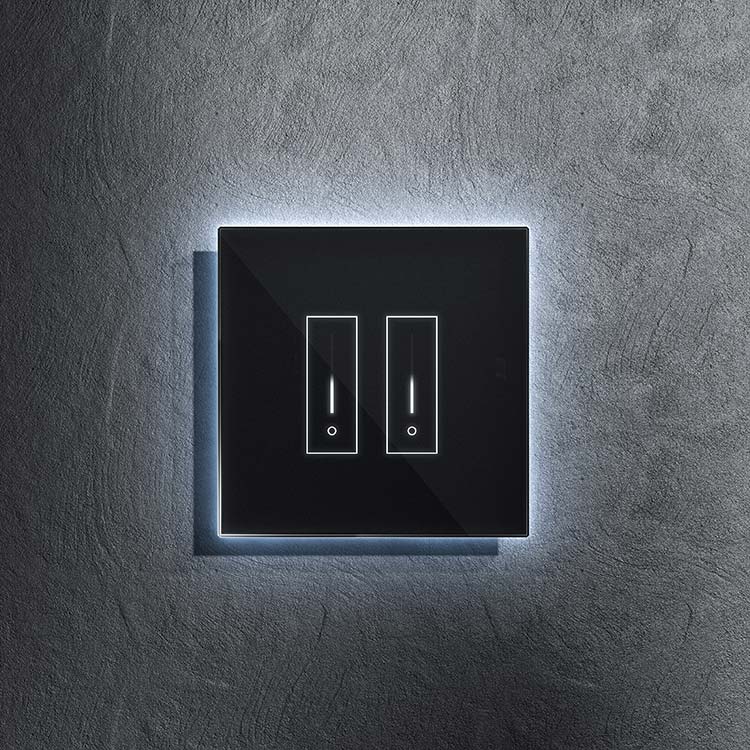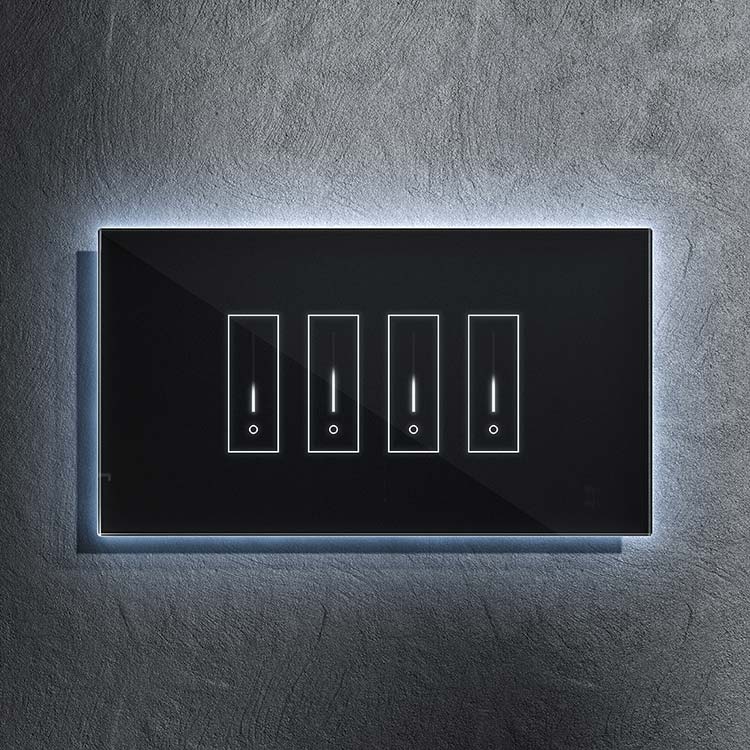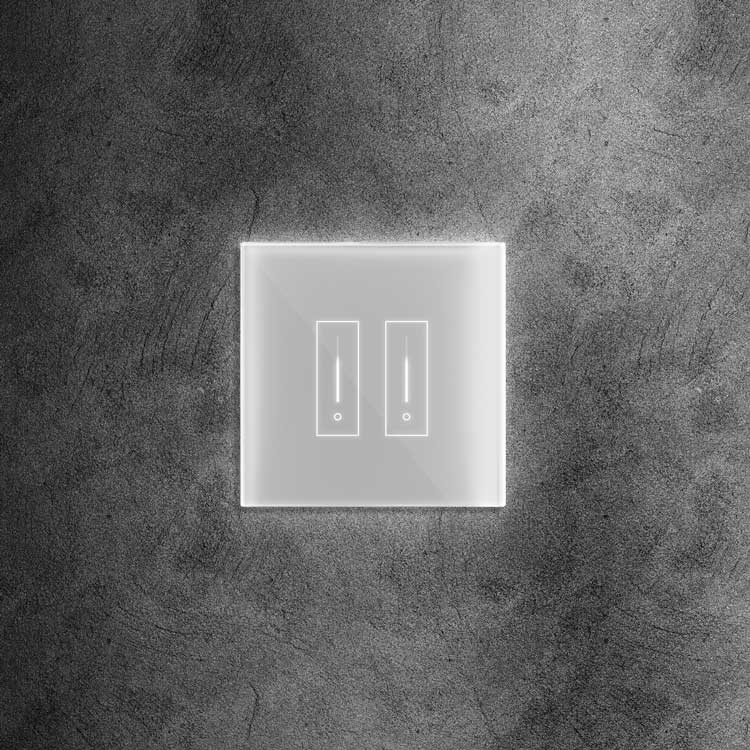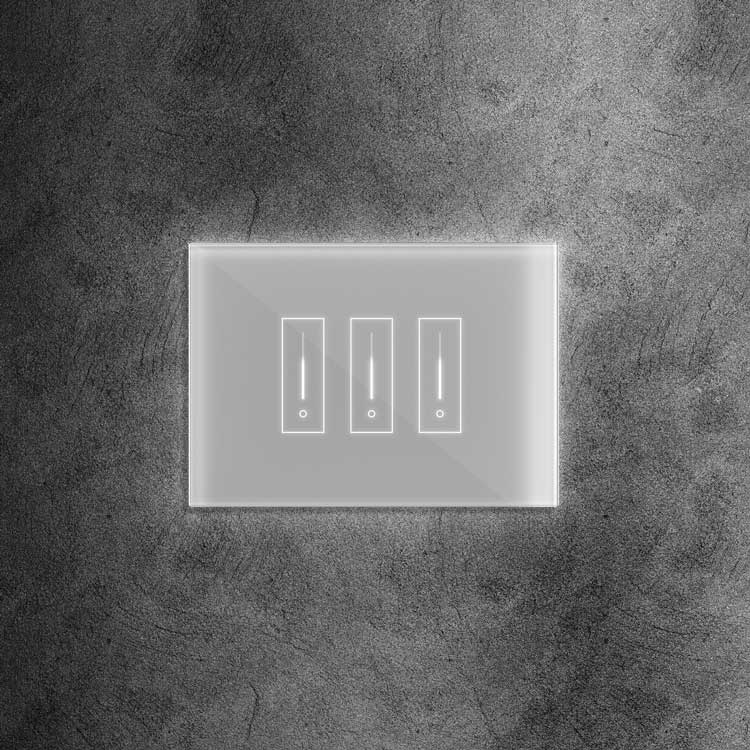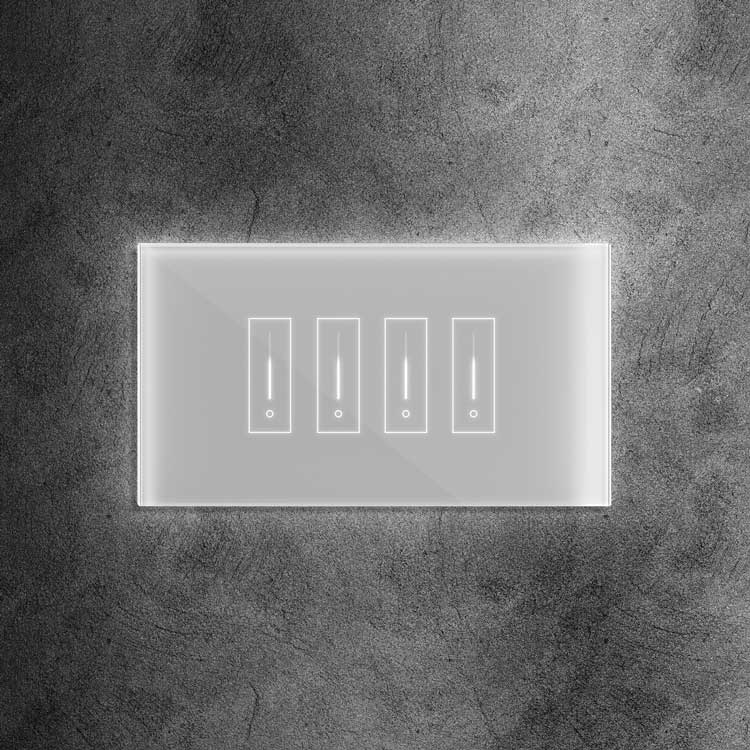What is Smart Lighting? Smart lighting refers to lighting technology designed for efficiency, convenience, and customization. Unlike traditional lighting systems, smart lighting allows you to control your lights remotely through smartphones, voice commands, or automation. With features like dimming, color changing, and scheduling, smart lighting enhances your living or working space while reducing energy consumption. It's the future of illumination, offering a blend of functionality and style to suit modern lifestyles.
Understanding Smart Lighting
At its core, smart lighting refers to lighting systems with intelligent features that allow for remote control, automation, and customization via a smartphone, tablet, or voice commands. Unlike traditional lighting setups, which rely solely on manual operation or basic timers, smart lighting integrates advanced technologies such as Wi-Fi, Bluetooth, and sensors to give users unprecedented control and flexibility.
The Evolution of Illumination
Gone are the days of flicking switches or manually adjusting dimmers. With smart lighting, users can effortlessly adjust brightness levels, change color temperatures, and schedule lighting scenes to suit their preferences or occasions. The possibilities are endless, whether creating a cozy ambiance for a movie night or simulating natural daylight to boost productivity.
Efficiency and Sustainability
One of the most distinguishing qualities of smart lighting is its capacity to improve energy efficiency and promote sustainability. Smart lighting systems may drastically minimize energy usage by utilizing motion sensors and configurable schedules to ensure that lights are only turned on when necessary. This not only saves money but also helps to reduce the carbon footprint and environmental effects.
Enhanced Connectivity
Smart lighting isn't just about controlling individual lights; it's about creating a connected ecosystem seamlessly integrating with other smart devices and platforms. Whether syncing lights with music for a party atmosphere or integrating them with home security systems for added peace of mind, the versatility of smart lighting enhances the overall smart home experience.
The Role of Smart Lighting Switches and Dimmers
Smart lighting switches and dimmers are central to smart lighting systems' functionality. These devices are the gateway between users and their lighting setups, allowing for convenient control and customization. Smart switches enable users to turn lights on or off remotely, while dimmers offer precise control over brightness levels, creating the perfect ambiance for any occasion.
Key Features and Benefits
-
Remote Accessibility: With smart lighting, users can control their lights from anywhere using their smartphones or voice commands, providing unparalleled convenience and flexibility.
-
Customization: Smart lighting systems allow users to create personalized lighting scenes, adjust color temperatures, and set schedules to suit their lifestyles and preferences.
-
Energy Efficiency: Smart lighting helps reduce electricity consumption and lower utility bills by optimizing usage patterns and implementing energy-saving features.
-
Integration: Smart lighting seamlessly integrates with other smart home devices and platforms, enabling enhanced automation and interoperability.
- Enhanced Security: Through features like motion sensing and remote control, smart lighting enhances home security by deterring intruders and providing peace of mind to homeowners.
Challenges and Considerations
While the benefits of smart lighting are undeniable, there are some challenges and considerations to keep in mind when implementing a smart lighting system:
- Initial Cost: The upfront cost of investing in smart lighting technology may be higher than traditional lighting solutions. However, the potential long-term savings in energy and maintenance expenses can offset this initial investment over time.
- Compatibility: Ensuring compatibility between different smart lighting products and platforms is essential to avoid compatibility issues and ensure seamless integration. Choosing products that adhere to open standards, like Zigbee or Z-Wave, can minimize compatibility issues.
- Security and Privacy: Smart lighting systems might be exposed to security attacks or privacy intrusions like any other connected device. Therefore, it is critical to follow best practices for safeguarding smart devices, such as using strong passwords, keeping firmware up to date, and turning off unnecessary functions.
The Integration of Smart Lighting with IoT
In the ever-expanding Internet of Things (IoT) environment, smart lighting is essential to networked ecosystems. Integrating smart lighting with other IoT devices and platforms enables seamless automation, enhanced functionality, and unprecedented levels of control.
-
Interoperability: The capacity of smart lighting systems to interact and communicate with other smart platforms and devices is one of its main advantages. By adhering to open standards and protocols such as Zigbee, Z-Wave, or Bluetooth LE, smart lighting products can seamlessly interoperate with a wide range of IoT devices, including thermostats, security cameras, and voice assistants. This interoperability allows for greater flexibility and customization in creating interconnected smart homes or building environments.
-
Automation and Synchronization: Smart lighting systems can be programmed to interact with other IoT devices and sensors to automate various tasks and routines. Motion sensors, for instance, may be programmed to automatically switch lights on or off when someone enters or exits a room, improving convenience and conserving energy. Similarly, smart lighting can synchronize with other smart devices, such as audio systems or smart blinds, to create immersive experiences or enhance home entertainment setups.
-
Environmental Sensing and Adaptation: Advanced smart lighting systems incorporate sensors that can detect changes in environmental conditions such as light levels, temperature, or occupancy. By leveraging this data, smart lighting can dynamically adjust brightness levels, color temperatures, or lighting scenes to optimize comfort, productivity, and energy efficiency. To support circadian rhythm health, lights can, for example, automatically decrease in response to natural daylight or change color temperatures to match the flow of natural light throughout the day.
- Energy Management and Optimization: Integrating smart lighting with IoT platforms enables intelligent energy management and optimization strategies. Smart lighting systems can optimize lighting schedules, change brightness levels, and prioritize energy use depending on demand and cost concerns by evaluating data from sensors, smart meters, and weather predictions. This proactive approach to energy management helps reduce electricity consumption, lower utility bills, and minimize environmental impact.
Artificial Intelligence and Data Analytics: Their Respective Roles
In IoT ecosystems, data analytics and artificial intelligence (AI) are key components in realizing the full potential of smart lighting systems. By analyzing copious volumes of data created by sensors, devices, and human interactions, artificial intelligence (AI) algorithms can recognize trends, maximize efficiency, and offer practical insights to improve user experience and productivity.
-
Predictive Maintenance: AI-powered analytics can monitor the health and performance of smart lighting infrastructure in real time, detecting potential issues or anomalies before they escalate into costly failures. AI-driven predictive maintenance strategies help maximize system uptime, reliability, and longevity by predicting maintenance needs and scheduling proactive repairs or replacements.
-
Personalization and Adaptation: AI algorithms can learn and adapt to user preferences, behaviors, and environmental conditions to personalize lighting experiences and optimize energy usage. By analyzing historical data and user interactions, AI can anticipate lighting needs, suggest customized settings, and dynamically adjust parameters to meet changing requirements. This personalized approach enhances user comfort, satisfaction, and productivity while maximizing energy efficiency.
- Smart Decision-Making: Algorithms driven by artificial intelligence (AI) for decision-making may improve lighting methods according to various parameters, such as ambient circumstances, occupancy patterns, energy expenses, and user preferences. By considering multiple variables and constraints, AI algorithms can generate optimal lighting schedules, dimming profiles, and scene configurations to achieve desired outcomes while minimizing energy consumption and operational costs. This intelligent decision-making capability enables smart lighting systems to adapt to dynamic environments, respond to changing requirements, and optimize real-time performance.
Future Outlook
The future of smart lighting appears more promising than ever as customer demand for smart solutions increases and technological advancements continue. From improved energy efficiency to enhanced connectivity and innovative features, smart lighting systems are poised to become integral to modern homes and commercial spaces.
Conclusion
In conclusion, Smart lighting represents a paradigm shift in how we illuminate our surroundings. Smart lighting systems combine cutting-edge technology with user-friendly design to provide advantages, from ease and energy economy to personalization and connection. With the evolution of smart home technologies, the potential for smart lighting to transform our lives and environments is limitless. Embracing the era of smart lighting is not just about illuminating spaces; it's about illuminating possibilities.






